T4K3.news
Axial Seamount expected to erupt soon
Scientists say the Axial Seamount may erupt within months as swarm activity continues and the seafloor inflates.
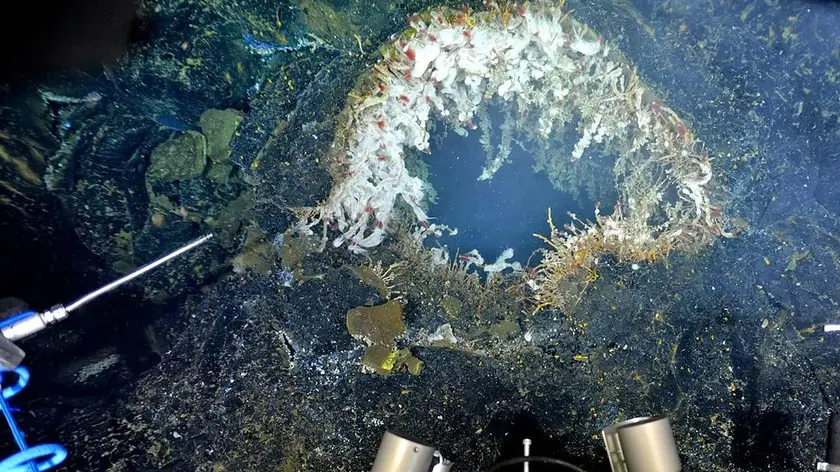
A scientist warns Axial Seamount could erupt within months signaling renewed deep sea volcanic activity.
Undersea volcano near West Coast on cusp of eruption
Axial Seamount sits about 300 miles off the US West Coast, nearly a mile below the sea surface. Scientists say the recent surge in seismic activity, including more than 2,000 earthquakes in a single day this summer, and the inflating seafloor echo a magma rise that previously led to the 2015 eruption. Researchers from Oregon State University and partner institutions say the signs point toward an eruption in the coming months, though the exact timing remains uncertain and the quakes are too small to be felt at the surface.
Despite the strong signals, experts emphasize that offshore eruptions pose no direct risk to people on shore. They also note that while such events can give advance warning, volcanoes can still surprise us with rapid changes. If magma moves through a lateral crack known as a dike, the eruption location could shift unexpectedly. Sensor networks, including underwater seismometers and GPS stations, have improved monitoring and may help predict other near shore volcanoes, including Mount Rainier in Washington, even though that volcano lies on land and presents a different danger profile.
Key Takeaways
"At the rate of inflation it's going, I expect it to erupt by the end of the year."
Chadwick's forecast for Axial Seamount.
"If that happens, the magma could travel laterally and erupt somewhere unexpected."
Emilie Hooft on dike eruptions.
"Nothing seems imminent at the moment since the rate of unrest keeps wavering up and down."
Scott Nooner on current unrest.
"Axial is more like the volcanoes in Hawaii and Iceland with less gas, the lava is very fluid and can vent without exploding."
Chadwick on Axial style compared to other volcanoes.
Offshore monitoring has become a model for how science tracks hidden threats. The Axial Seamount project shows how tiny earthquakes and seafloor swelling reveal magma movement long before lava reaches the surface. That clarity helps scientists forecast events months in advance and to study similar systems around the Pacific.
The story also highlights a tension in science communication. Forecasters must balance precise uncertainty with clear guidance so coastal communities do not panic or ignore warnings. The deep sea lesson also offers a roadmap for on land volcanoes, turning a distant threat into practical knowledge.
Highlights
- The deep sea keeps a pulse and it is loud
- Forecasting a submarine eruption is a game of inches
- Magma can travel sideways and still surprise us
- When tremors speak knowledge grows
Scientists will keep watching the deep sea for new clues
Enjoyed this? Let your friends know!
Related News
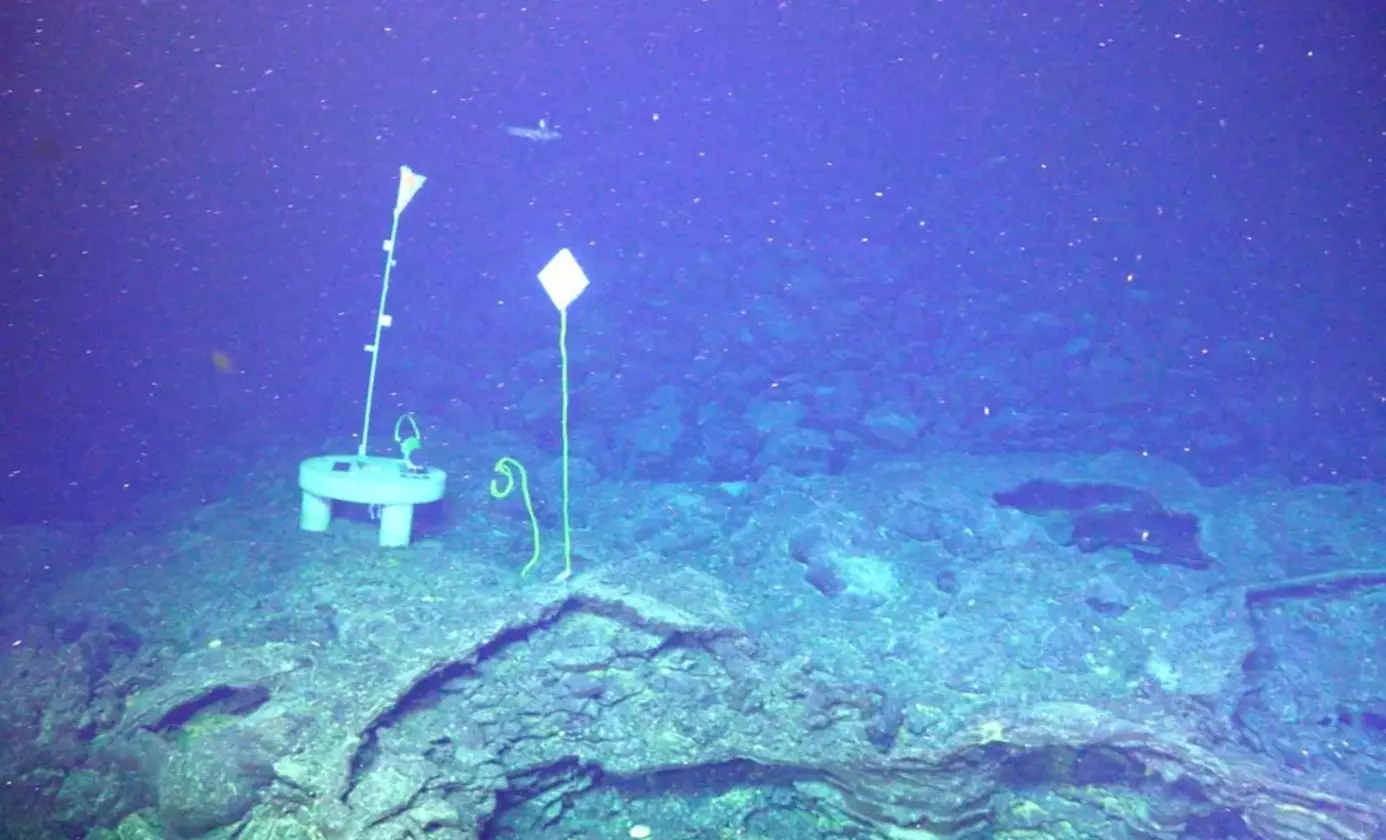
Axial Seamount Update
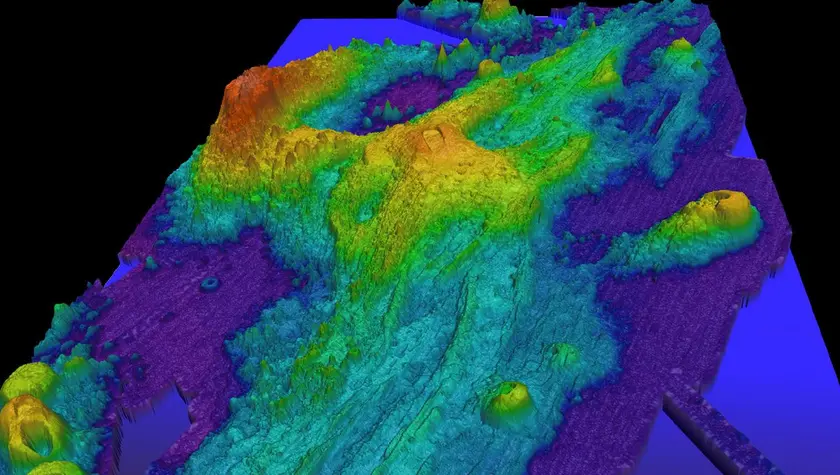
Axial Seamount set to erupt
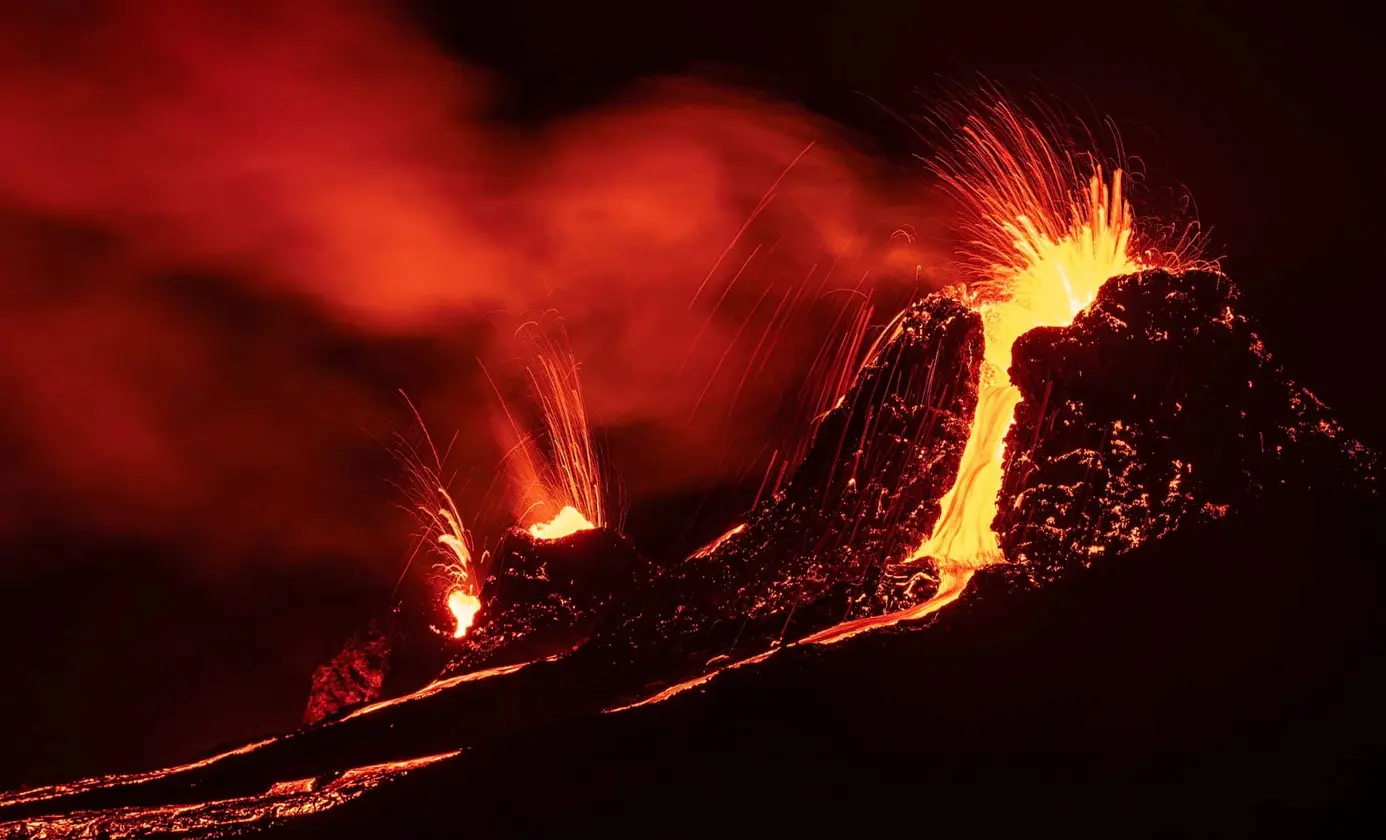
Volcanic Activity Increases Threat Level in Pacific Region

Sun Erupts with Three Major Solar Flares
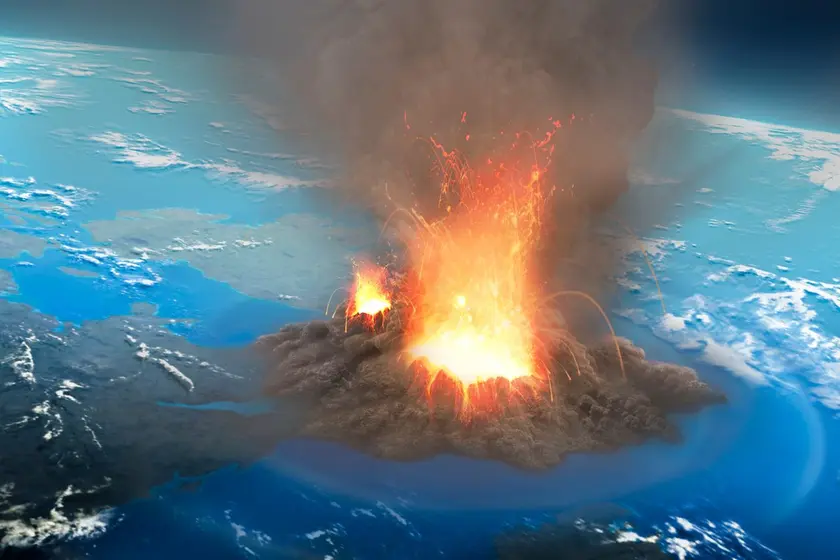
New findings reveal risks of Yellowstone supervolcano eruption

Diablo IV 2.4.0 PTR Preview
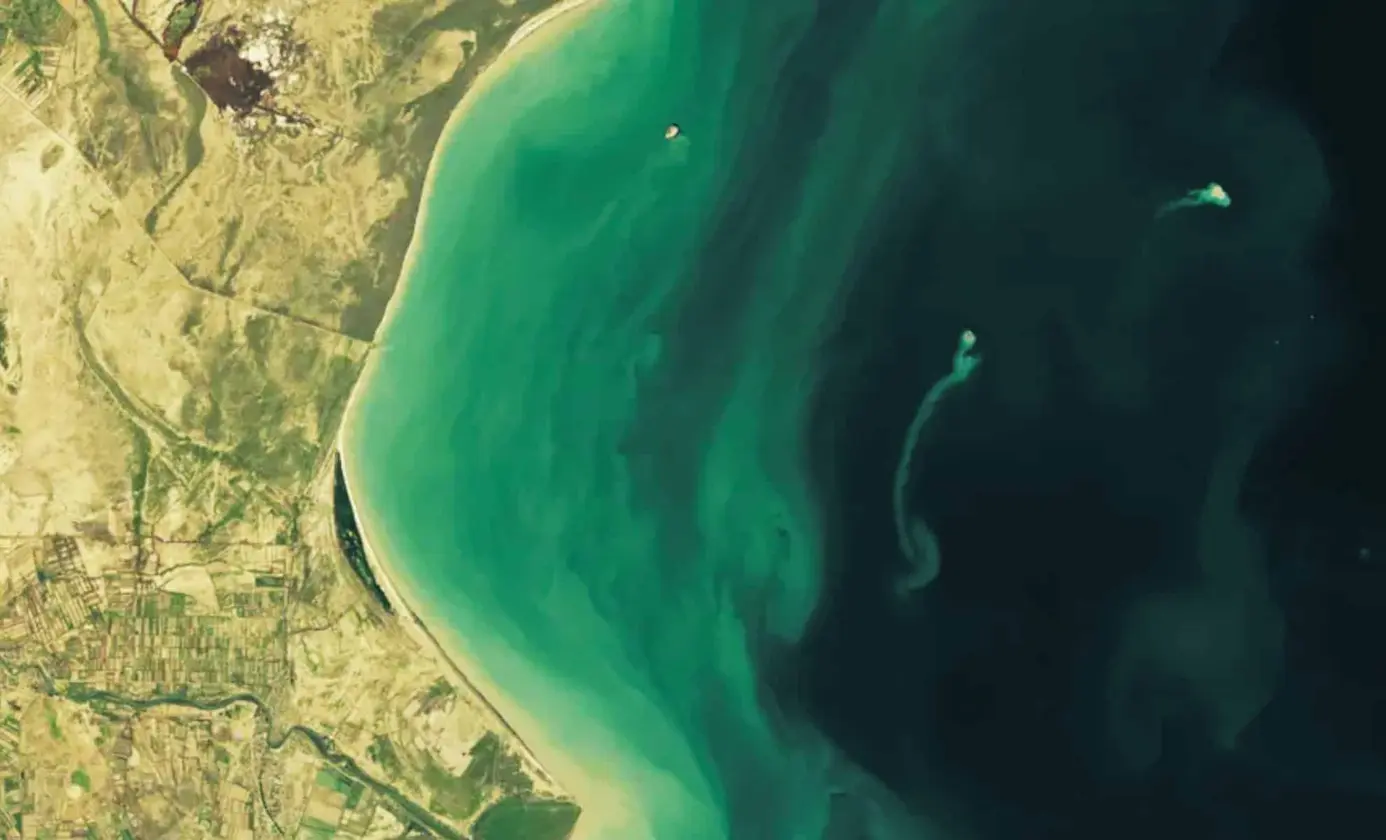
Temporary Ghost Island Emerges in Caspian Sea

Coldplay review
